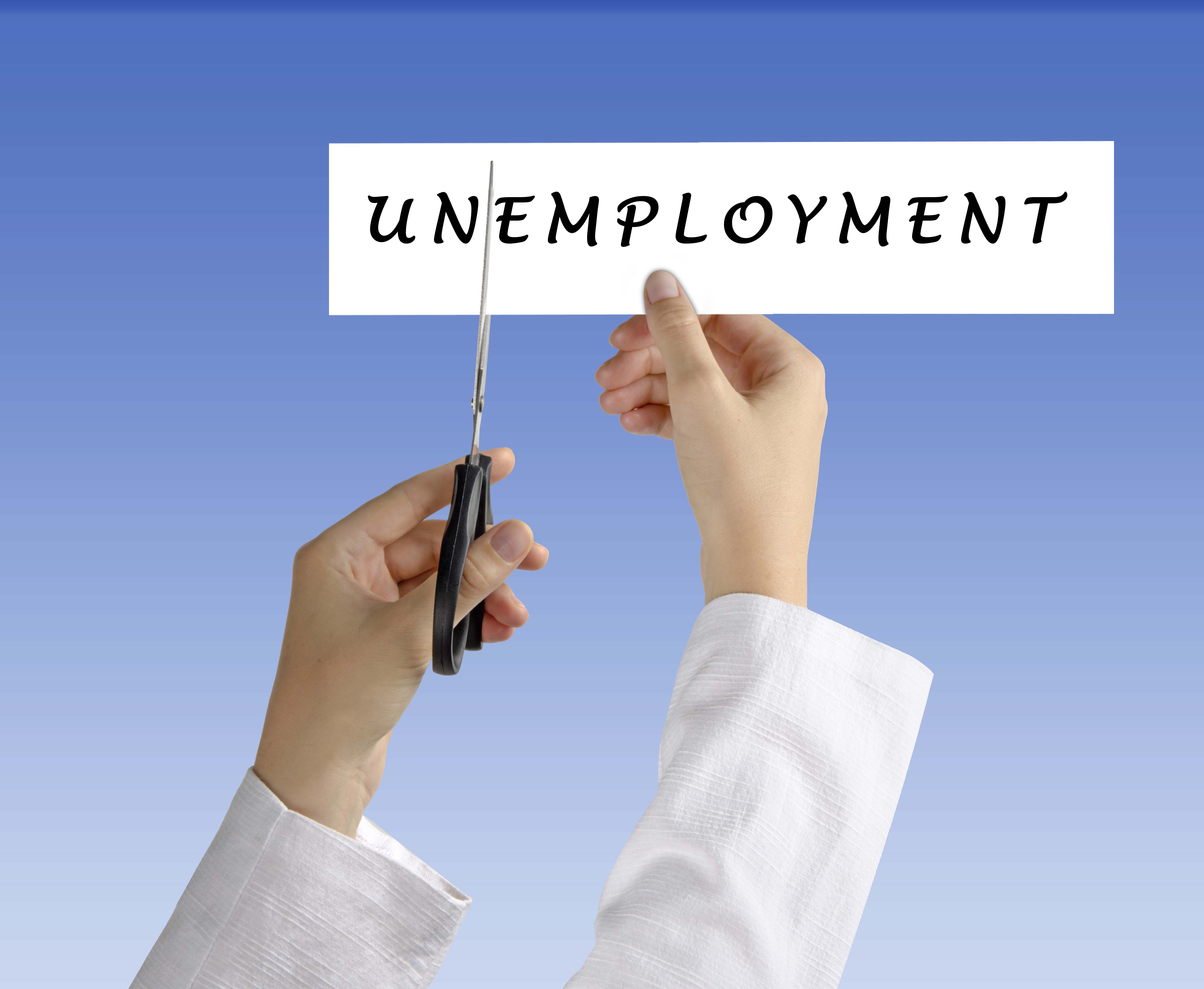Household Bills
Unemployment rate at two-year high

The unemployment rate reached 4.1% in the three months to July 2020, the highest rate for two years, official statistics reveal.
An estimated 1.39 million people aged 16 and over were unemployed between May and July 2020, according to the Office for National Statistics (ONS).
It said there has been a large decrease in the number of young people in employment in the quarter, with the number of unemployed young people increasing.
Overall, there were 32.98 million people aged 16 and over in employment in the three months to July. This is 202,000 more than a year earlier but 12,000 fewer than the previous quarter.
The ONS said numbers suggest employees on payroll was down 695,000 (2.4%) compared with March 2020.
However, despite an increase in the unemployment rate and the largest increase in both quarterly and annual redundancies seen since 2009, the employment rate was up and economic inactivity had fallen.
Vacancies in the UK in June to August 2020 were at an estimated 434,000 – almost 30% higher than the record low in April to June 2020.
Meanwhile, annual pay growth was recorded at -1% for total pay and 0.2% for regular pay. The ONS said the difference between the two figures was due to “subdued bonuses” which fell -21.4% in nominal terms during the period.
It also recorded the claimant count for unemployment related benefits reaching 2.7 million in August 2020, an increase of 120.8% since March 2020.
However, separate statistics from the Department for Work and Pensions (DWP) published today, reveal 5.6 million are claiming Universal Credit.
‘Only a matter of time before surge in job losses’
Paul Dales, chief UK economist at Capital Economist, said it’s “encouraging” that the first step in unwinding the furlough scheme hasn’t led to a surge in job losses, but “it’s only a matter of time before that happens”.
He said: “The 12,000 fall in employment in the three months to July and the smallish 62,000 rise in unemployment that pushed the rate up from 3.9% to 4.1% don’t provide much insight as they relate to before the furlough scheme started to be unwound at the start of August.
“But it was encouraging that the 35,958 fall in PAYE employment in August wasn’t that much worse than the 19,700 decline in July and the 73,700 rise in the claimant count in August was similar to the 69,900 rise in July (the claimant count rate rose from 7.4% to 7.6%).
“So, it looks as though the overwhelming bulk of the three million or so workers that may have come off the furlough since June are going back to their jobs rather than into unemployment or inactivity. That probably explains the rebound in the 3myy rate of average earnings growth from -1.2% in June to -1.0% in July as lots of those workers will have gone from receiving 80% of their salaries on the furlough to 100%.
“That said, it perhaps makes sense that those workers who are most likely to lose their jobs will be kept on the furlough for longest. So we still think that employment will fall more sharply and unemployment will increase more quickly as the furlough scheme continues to unwind and ceases at the end of October.”